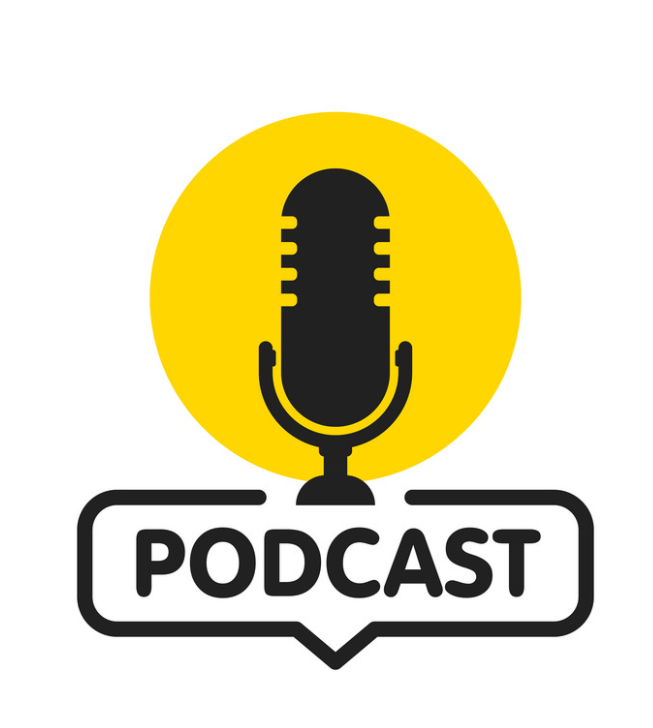Starting a podcast was one of the most exciting (and slightly overwhelming) things I’ve ever done. I remember sitting in front of my microphone for the first time, wondering if I had the right setup, the right content, or if anyone would even listen. But the truth is, podcasting isn’t about having the perfect voice or expensive gear—it’s about sharing your unique perspective, stories, and expertise with the world.
If you’ve been thinking about launching your own podcast but don’t know where to start, you’re in the right place. Here’s a step-by-step guide to help you go from idea to recording, editing, and publishing your first episode.
1. Find Your Podcast Niche & Audience
Before you start recording, take some time to define your podcast’s focus. Ask yourself:
🎙️ What do I want to talk about? Choose a topic that you’re passionate about—something you can discuss for hours without running out of ideas.
🎙️ Who is my target audience? Are you speaking to business professionals, creatives, storytellers, or hobbyists? Understanding your audience helps you tailor your content and keep listeners engaged.
🎙️ What’s my podcast format? Decide whether you want to do solo episodes, interviews, or co-hosted discussions. A structured format keeps things consistent and easy to follow.
Once you have your niche, brainstorm at least 10 episode ideas to make sure you have enough content to sustain your podcast long-term.
2. Choose Your Podcast Name & Branding
Your podcast’s name is the first thing people will see, so it should be memorable, clear, and relevant to your topic. Avoid overly complicated names—short and catchy is best.
Along with the name, you’ll also need:
✅ A podcast description – A brief summary of what your show is about.
✅ Cover art – A high-quality image that represents your podcast.
✅ Intro & outro music – To create a professional and recognizable sound.
Tools like Canva can help design eye-catching podcast cover art, and sites like Epidemic Sound or AudioJungle offer royalty-free music.
3. Get the Right Podcasting Equipment
You don’t need an expensive studio to start a podcast, but having good audio quality is crucial. Here’s what you’ll need:
🎤 Microphone – A USB mic like the Audio-Technica ATR2100x or Shure MV7 is perfect for beginners.
🎧 Headphones – Helps prevent audio feedback and improves editing accuracy.
💻 Recording Software – Use Audacity (free) or Adobe Audition to record and edit episodes.
🔹 Pop Filter – Reduces harsh breathing sounds and microphone pops.
If you’re doing interviews remotely, use Zoom, Riverside.fm, or SquadCast for high-quality recordings.
4. Record & Edit Your First Episode
Now comes the fun part—recording your first episode!
Here are a few tips to make it smooth and professional:
✅ Find a quiet space – Avoid background noise as much as possible.
✅ Use a script or outline – Helps keep you on track and prevents rambling.
✅ Speak naturally – Pretend you’re talking to a friend to sound more engaging.
✅ Edit for clarity – Cut out long pauses, filler words, and mistakes.
For editing, Audacity (free) and GarageBand (Mac users) are great beginner-friendly options. If you prefer automated editing, tools like Descript can clean up your audio easily.
5. Choose a Podcast Hosting Platform & Publish
To get your podcast on platforms like Spotify, Apple Podcasts, and Google Podcasts, you’ll need a podcast hosting service. Some great options include:
📌 Buzzsprout – Beginner-friendly with great analytics.
📌 Anchor (by Spotify) – Free and easy to use.
📌 Podbean – Affordable and packed with useful features.
Once you upload your first episode, your host will generate an RSS feed—this is what distributes your podcast to different platforms.
6. Promote Your Podcast & Grow Your Audience
Now that your podcast is live, it’s time to spread the word! Here’s how:
📢 Social Media – Share clips and episode highlights on Instagram, TikTok, Twitter, and LinkedIn.
📢 Email List – Send new episode updates to subscribers.
📢 Guest Collaborations – Invite guests on your show, or be a guest on other podcasts.
📢 SEO & Blog Posts – Turn your episodes into blog articles to boost discoverability.
Consistency is key! Stick to a regular posting schedule (weekly or bi-weekly) to keep listeners engaged.
Final Thoughts: Just Start!
Starting a podcast can feel overwhelming at first, but you don’t need to be perfect—you just need to start. Over time, you’ll refine your style, improve your production quality, and grow your audience.
Podcasting is one of the most rewarding ways to share your voice, connect with people, and create lasting content. So grab a mic, hit record, and let the world hear your story!
🚀 Ready to launch your first episode? Let’s talk in the comments! 🎙️✨

